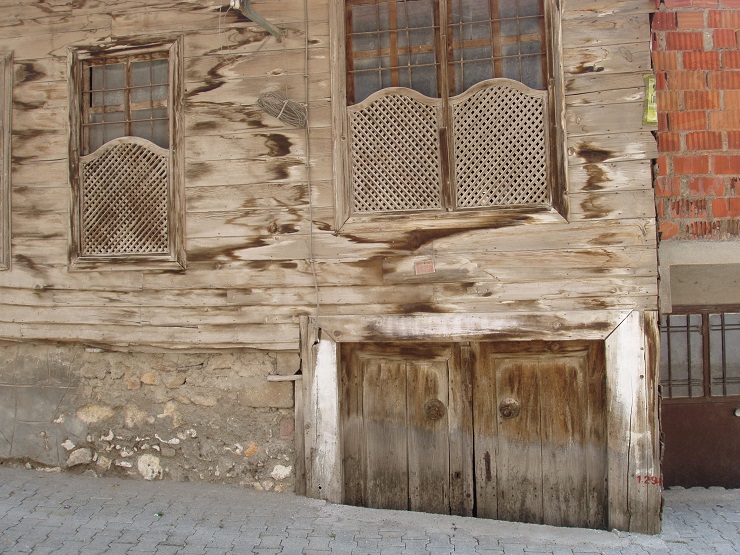Fernand Braudel’s diversified approach to the passage of time offers a good strategy for penetrating societies that have no written history. Let us remind ourselves that if we want to talk about the relationship between history and the past without taking the scriptures into account, we will have to abandon the idea of composing stories that are based on events. And we will have to stop being active solely in the field of purely historical sciences. Anthropology, sociology and archaeology are the subjects that look into the human past using their own individual methods. In addition, they are also capable of providing a clearer reflection of the diversity of human cultures in relation to the current trends in the postmodern world.
A different approach to that of the Anglo-Saxon World in regard to the study of humans emerged in Continental Europe. In the Anglo-Saxon World there is indeed a clear difference between written and unwritten history, while the sciences that penetrate the depths of preliterate societies constitute a close-knit group, commonly referred to as anthropology. In addition to physical, cultural and linguistic anthropology this group also includes archaeology. The cooperation between these individual components leads to knowledge based on a completely different theoretical framework than is the case of history. By contrast, in Europe the above-mentioned subjects are separated, developing their own theory and method, and they communicate with each other only marginally.
The previously mentioned French history school was interested in studying long-term cultural patterns, which include means of subsistence, the economy, trade, housing (including residential stability or mobility), family and kinship relations, the social hierarchy and its permeability, both the official belief-system and that hidden in folk customs. Uncovering the original vanished structures ceased to be the unique goal of the anthropological science circle, but it also became (or should still become) a part of history. Though the difference between structures and events may seem evident to us, from a historical or a cultural perspective, distinguishing one from the other is more difficult. This is not an abstract matter; errors of judgement towards one or the other might have a fatal impact on the subsequent development and also in the long run.
|
|
|
The different perception of passing time in archaic societies is also evidenced by a lack of interest in or an inability to see the future consequences of current behaviour. In the Middle East, the combination of the use of adobe bricks and the differing concept of how to handle household refuse leads to a permanent increase in the surface-area of the settlement. Under these conditions the lower parts of the existing structures may appear to be covered by layers of sediment. Photo Jaroslav Řídký, Turkey. |
Want to learn more?
- Le Goff, J. 1980. Time, work & culture in the Middle Ages. Chicago and London: University of Chicago Press
 Archeologické 3D virtuální muzeum
Archeologické 3D virtuální muzeum

.jpg)
